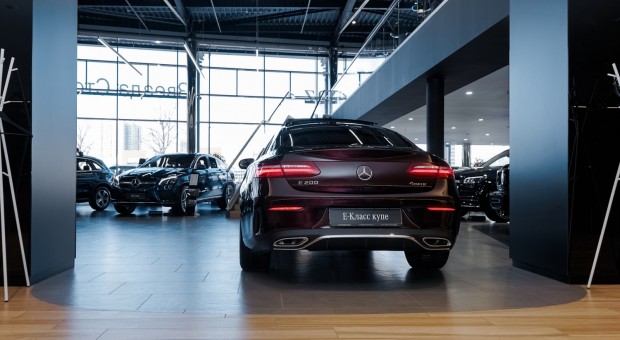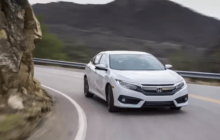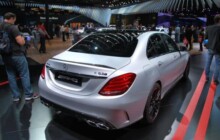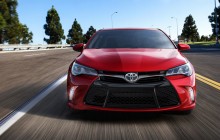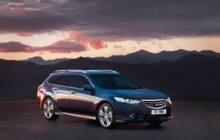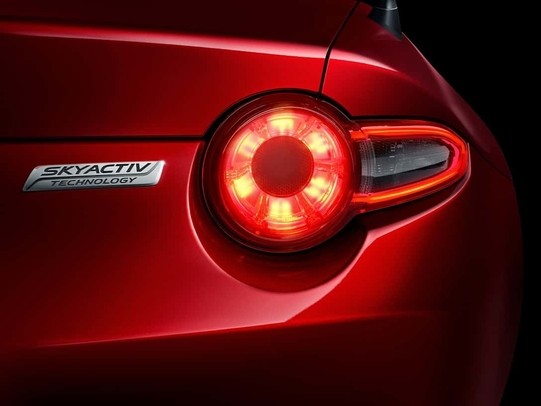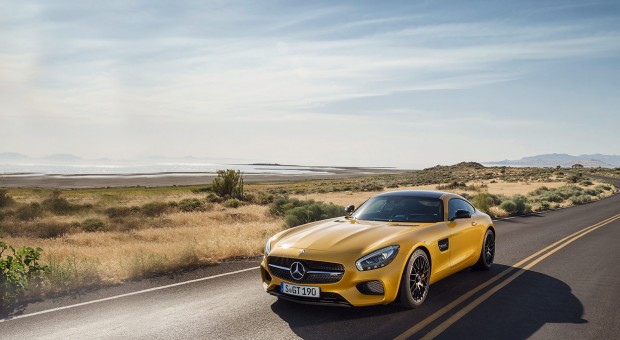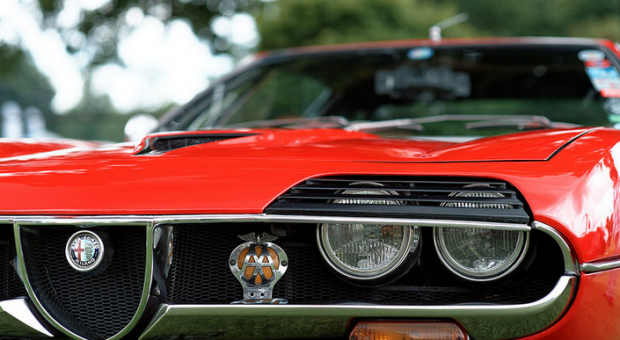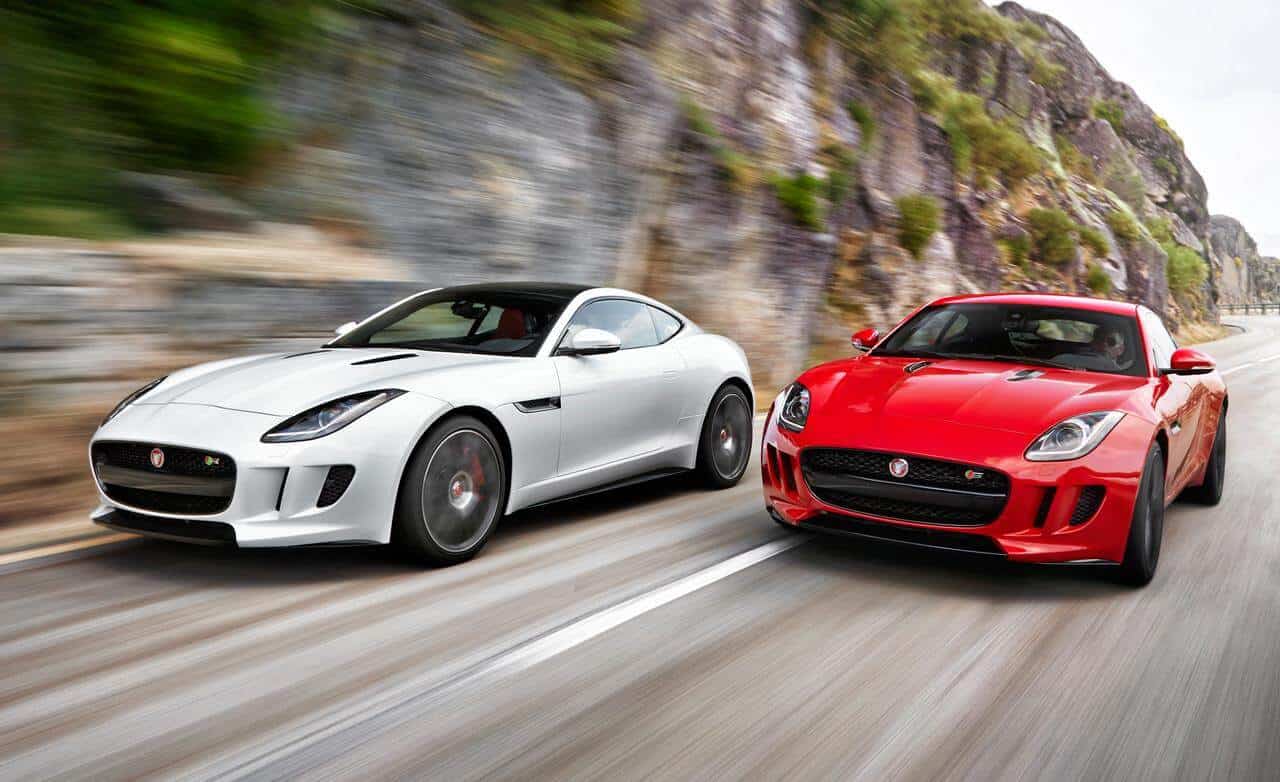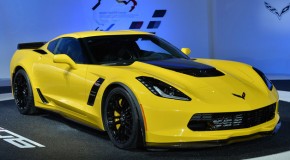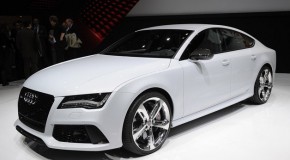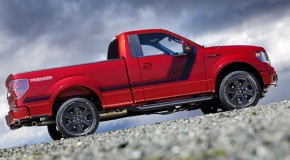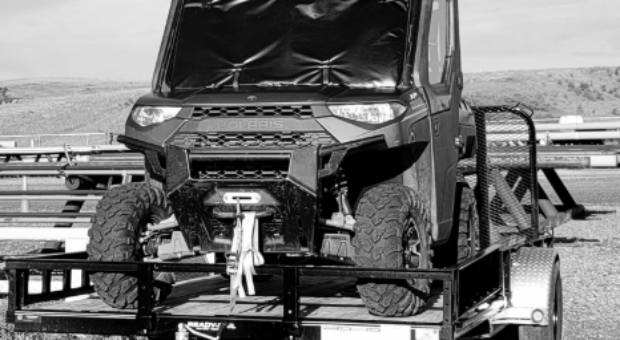
Polaris Ranger windshield protection is one of those upgrades you don’t think much about—until you need it.
Trust me, I learned the hard way.
A few years back, I was riding through a wooded trail in northern Michigan, feeling invincible behind the wheel.
Then came the low-hanging branch that cracked my windshield and nearly left me with a face full of glass.
That moment taught me that having solid windshield protection isn’t optional—it’s essential.
Why Windshield Protection Matters
You don’t realize how exposed your UTV really is until something unexpected hits your windshield.
Whether you’re hauling gear through the backwoods or blazing through sand dunes, debris is always flying.
Rocks, branches, bugs—they all have one thing in common: they’re aiming for your face.
That’s why choosing the right windshield protector isn’t just about comfort—it’s about safety and vehicle longevity.
A cracked or scratched windshield can limit visibility and even ruin your ride.
Windshield protection acts like armor, absorbing the impact so you and your investment stay protected.
Real Talk: What Happened on the Ranch
Last summer, my buddy Jake took his Ranger out for a workday on his cattle ranch.
He didn’t have any protection on his glass, figuring he’d just be moving feed and checking fence lines.
Midway through the day, a cow spooked, kicked up a rock, and bam—a spiderweb crack spread right across the windshield.
Not even ten minutes later, a dust storm picked up, and visibility dropped to zero.
If Jake had a windshield guard or even some tear-offs in place, that windshield would’ve shrugged it off.
But now he’s out a couple hundred bucks and waiting two weeks for a replacement.
Types of Windshield Protection Options
The world of UTV windshield protection isn’t one-size-fits-all.
There are different materials, styles, and features depending on how and where you ride.
Let’s break it down:
Polycarbonate Shields
Think of these like the tough guy of windshield protection.
Polycarbonate is almost 250 times stronger than glass.
It’s impact-resistant, doesn’t shatter, and handles abuse like a champ.
If you’re someone who tackles rugged terrain or finds yourself plowing through overgrowth, this is what you want.
Tear-Off Film Systems
This is where things get cool.
A Polaris Ranger windshield protection system with tear-off layers lets you peel off a dirty or scratched surface in seconds.
No need to stop and clean anything—just tear and keep going.
It’s a favorite among racers and riders who value clear vision and speed.
Coated Glass Options
Some protectors come with scratch-resistant or UV-resistant coatings.
These are great for people who ride in dusty or sunny environments .
It helps prevent wear and tear, and you won’t end up squinting all day because the sun’s bouncing off your windshield.
Fit and Compatibility
One of the biggest mistakes people make is buying a windshield protector that doesn’t fit properly.
It might sound obvious, but too many riders end up trimming or forcing a bad fit.
Look for protection made specifically for your model year and Ranger trim.
A snug, precise fit means no rattling, no awkward gaps, and no airflow issues.
Plus, a well-fitted windshield means your cab stays cleaner and warmer when you need it to.
Ventilation and Visibility
Protection shouldn’t come at the cost of visibility.
Some options reduce glare, which is great when you’re riding toward the sun.
Others include adjustable vents so you don’t fog up when you’re idling or riding in colder temps.
I rode with one setup that had no vents, and my windshield fogged so bad during a foggy morning ride, I had to ride with my head hanging out the side like a dog.
Lesson learned.
Easy Maintenance is a Must
Windshield protection should make your life easier, not harder.
Look for setups that are easy to clean and don’t require special sprays or tools.
If it takes longer to clean your windshield than to actually ride your Ranger, it’s not worth it.
Some protectors are resistant to mud buildup, which is perfect if you’re riding in wet or marshy areas.
Others allow you to swap out layers or sections, which saves money and time in the long run.
Weather-Ready Durability
Your Ranger doesn’t quit when the weather turns—and neither should your windshield.
If you ride year-round, through snow, rain, or dry desert winds, go for materials that hold up in all conditions.
Cold-crack resistance is key if you’re in freezing climates.
Meanwhile, anti-fog features and UV blocking are crucial for summer rides.
Don’t gamble on untested gear.
Ask around or read reviews from people riding in the same climate you do.
How I Picked My Setup
After a few too many busted windshields, I invested in a system with a polycarbonate base and a tear-off film combo.
It gives me the confidence to tackle whatever the trail throws at me.
I’ve hit branches, taken gravel to the face, even had a full-speed collision with a wayward pheasant.
Not a scratch on my windshield—and better yet, I didn’t have to pause or panic.
Final Thoughts
Windshield protection for your Polaris Ranger isn’t just a “nice to have.”
It’s a must-have for serious riders, weekend warriors, and anyone who wants to avoid the mess—and cost—of broken glass.
Think about how you ride, where you ride, and what kind of conditions you face.
Choose a protector that meets those needs without compromise.
A little investment upfront saves you a ton of hassle down the road.
And honestly?
There’s nothing better than cruising with a clear view, knowing your rig can handle anything that comes your way.

